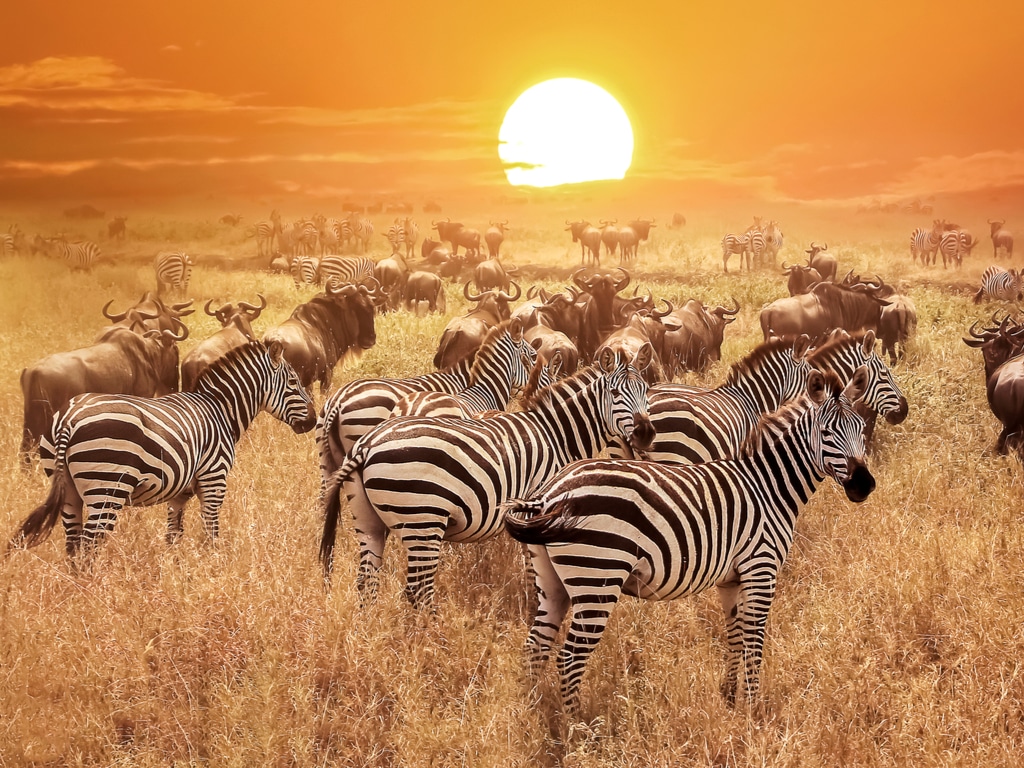Zambia will benefit from new funding for the preservation of its biodiversity. The government of this East African country recently concluded an agreement with the United States. As part of this partnership, the United States through the United States Agency for International Development (USAID) plans to allocate about $40.5 million (about 811 million Zambian kwachas) for wildlife conservation in Zambia.
According to the Zambian authorities, the agreement will accelerate the allocation of US funds and training opportunities. These funds will be used to provide technical assistance to the Zambian Department of National Parks and Wildlife (DNPW), train DNPW staff at the U.S. Regional Academy of International Law Enforcement in Botswana, and support the National Community Resources Council Association of Zambia. These actions are expected to improve wildlife management and combat illegal wildlife trade in Zambia.
The second part of the funding will be allocated over the next five years. It is a package of 40 million dollars, i.e. more than 800 million Zambian kwachas. According to the Zambian government, US$20 million (nearly 401 million Zambian kwachas) will be injected into the Usaid’s Health, Ecosystems, and Agriculture for Resilient Thriving Societies (HEARTH) project. The remaining $20 million will support biodiversity conservation projects in Game Management Areas (GMAs) around the Kafue Reserve and in the Luangwa Valley in eastern Zambia.
Several projects have already been funded by the United States in recent years to preserve Zambian biodiversity. Between 2014 and 2019, for example, the USAID’s Community Forestry Programme has improved natural resource management, reduced poverty through sustainable community livelihoods and forestry enterprises, and strengthened the local and national capacity of government and non-governmental institutions in Zambia’s Eastern, Lusaka and Muchinga provinces.
Inès Magoum
